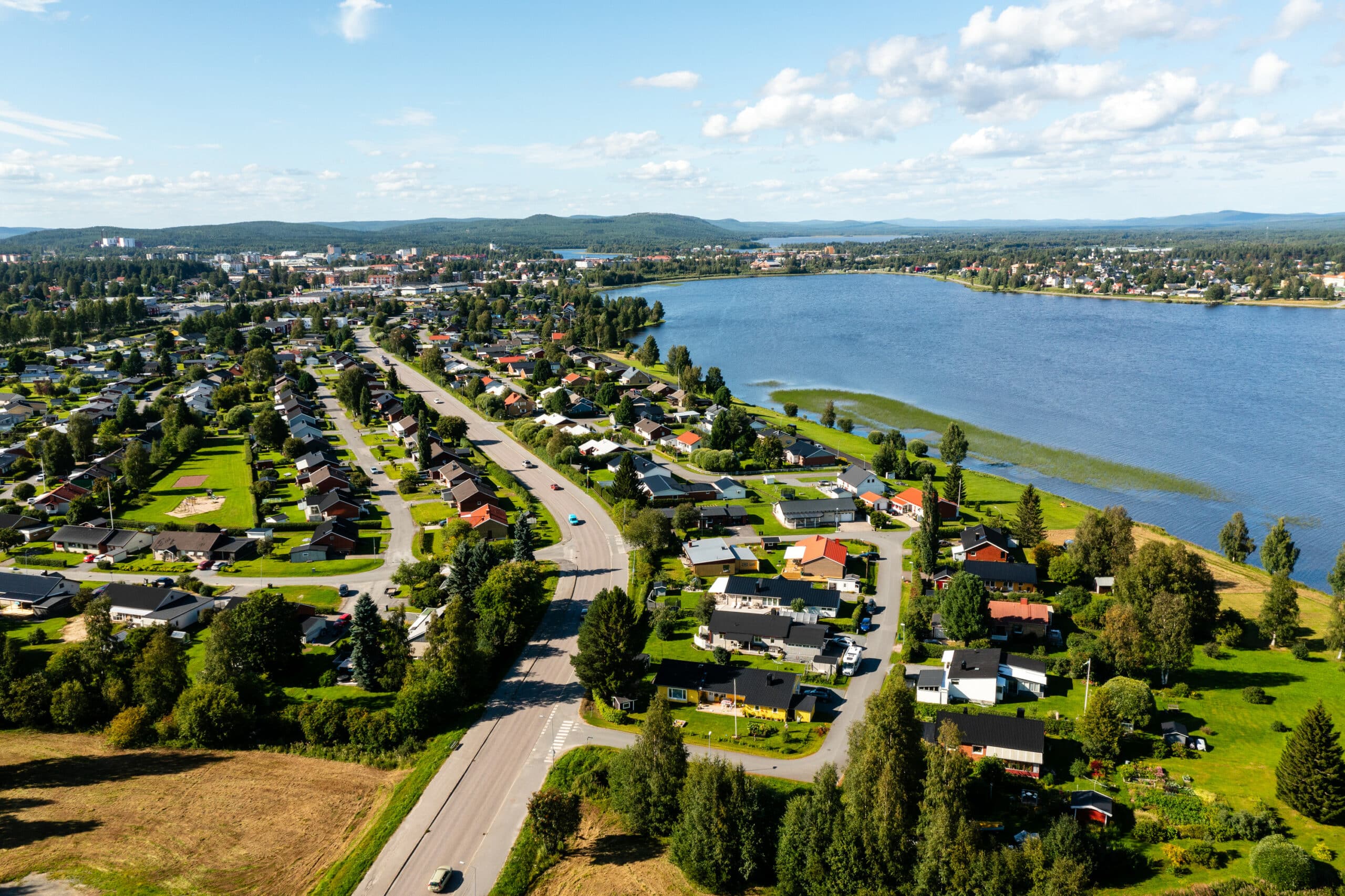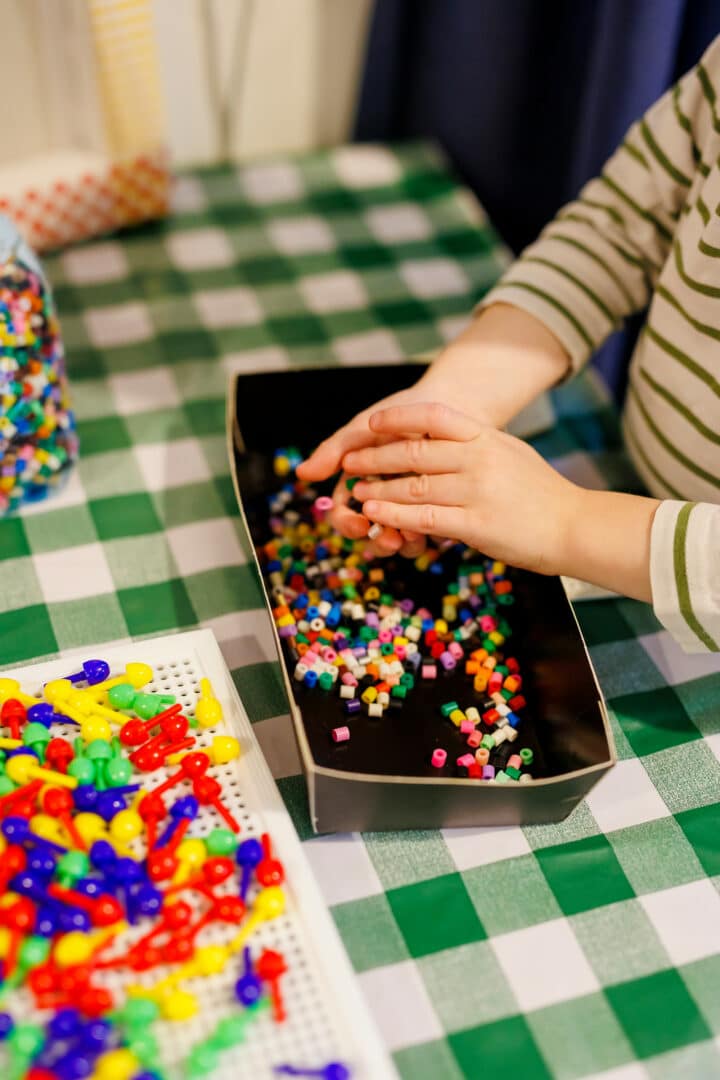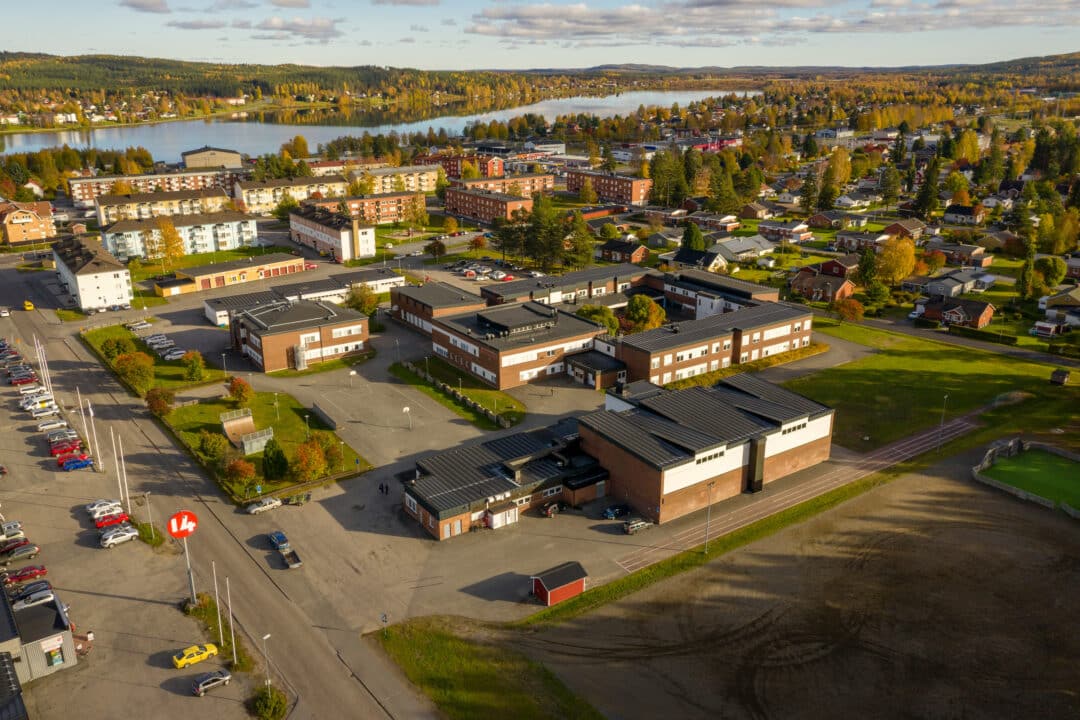- My Boden
- Our guides
- This is Boden
- Event calendar
- Move here
Get inspired to move
Column Madelen Applegren grew up in Dalarna and later chose to move to Boden. This is her own story about a place where the sun often smiles. …Word of the game developer school in Boden has spread throughout the world and is now attracting students from far away. Meet Kai Wang from China, Nel…Ever since childhood, Nike Kelbel, 24, has been longing to get away from the noise of the city, closer to nature. To go north. Today she lives in the … - Move to Sweden

















City center
4 Kilometer